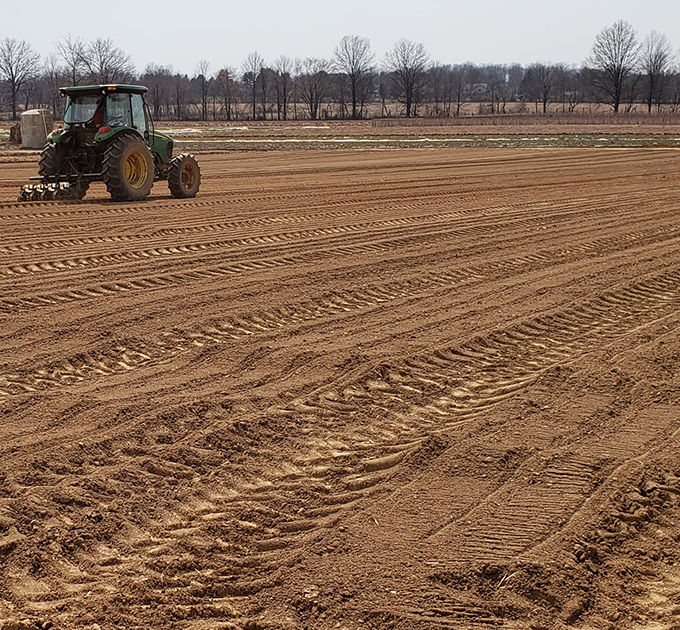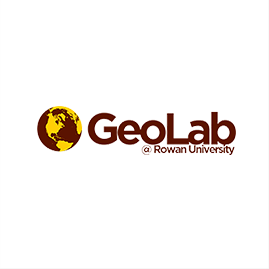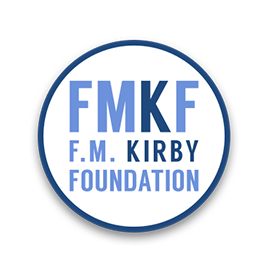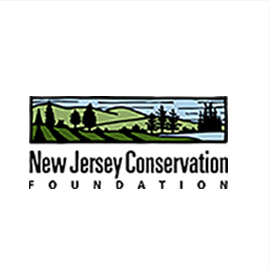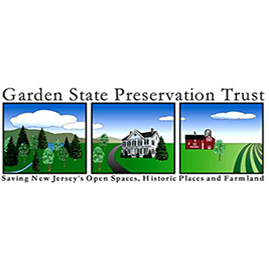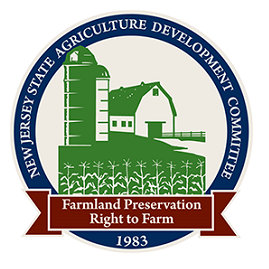How to use the Blueprint maps.
If you are one of the many dedicated people working to create a vibrant future for our state, access to the most current natural and cultural resource data is important. Whether you’re a volunteer on an open space committee, planning board or environmental commission, or a professional working for a land trust or local government, the Conservation Blueprint will be a critical resource for all your land preservation and land use decisions.
You found a place to call home. Let’s protect it! Help New Jersey be a model for the rest of the country.
A balance of protected lands and intelligent growth that benefits all New Jerseyans for generations is the legacy that can inspire action. Knowing that you played a part in setting this in motion, that you became part of something bigger than yourself, will pay dividends in fulfillment.
When you’re out camping, hiking, or simply appreciating backyard nature–take a moment to hashtag a social media photo with #njblueprint #njlandlegacy. Dr. Seuss put it best in The Lorax: “Who speaks for the trees?” Use the power of social media to use your voice. And maybe even change how New Jersey is perceived across the country, one hashtagged image at a time.
#njblueprint #njlandlegacy
Steering committee.
The Conservation Blueprint would not be possible without the creative, innovative thinking from our dedicated steering committee and advisory committees. Made up of federal, state and non-profit organizations, New Jersey’s natural, agricultural and cultural resources are improved daily by these results-focused organizations.
Steering Committee
- Association of New Jersey Environmental Commissions (ANJEC)
- D&R Greenway Land Trust
- Delaware Valley Regional Planning Commission
- Ducks Unlimited
- Highlands Council
- Isles
- Land Trust Alliance
- Monmouth Conservation Foundation
- Natural Lands
- New Jersey Conservation Foundation
- NJ Audubon
- NJDEP Green Acres Program
- NJDEP State Historic Preservation Office
- Rowan University
- Rutgers University
- State Agricultural Development Committee
- The Land Conservancy of NJ
- The Nature Conservancy
- The Watershed Institute
- Trust for Public Land
- U.S. Fish and Wildlife Service
- USDA Natural Resource Conservation Service
Agricultural Advisory Committee
- New Jersey Conservation Foundation
- Rowan University
- State Agricultural Development Committee
- USDA Natural Resource Conservation Service
Community Greenspace Advisory Committee
- Association of New Jersey Environmental Commissions (ANJEC)
- D&R Greenway Land Trust
- Delaware Valley Regional Planning Commission
- Isles
- New Jersey Conservation Foundation
- NJ DEP Environmental Health Division
- NJ DEP Green Acres Program
- NJDEP State Historic Preservation Office
- Rowan University
- The Nature Conservancy
- Trust for Public Land
Science Advisory Committee
- New Jersey Conservation Foundation
- NJ Audubon
- NJDEP Division of Fish&Wildlife, Bureau of Land Management
- NJDEP Division of Fish and Wildlife Endangered and Nongame Species Program (ENSP)
- NJDEP Division of Science, Research and Environmental Health
- NJDEP Green Acres Program
- NJDEP Office of Environmental Review
- NJDEP Office of Natural Lands Management
- Raritan Headwaters
- Rowan University
- Stony Brook Millstone Watershed Association
- The Nature Conservancy







